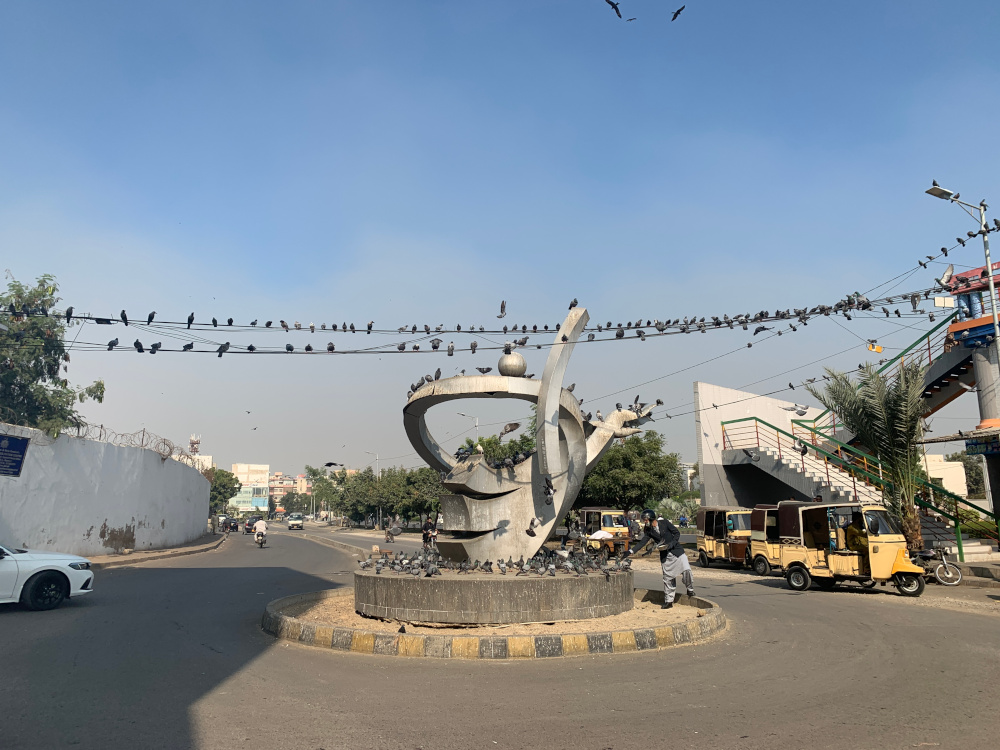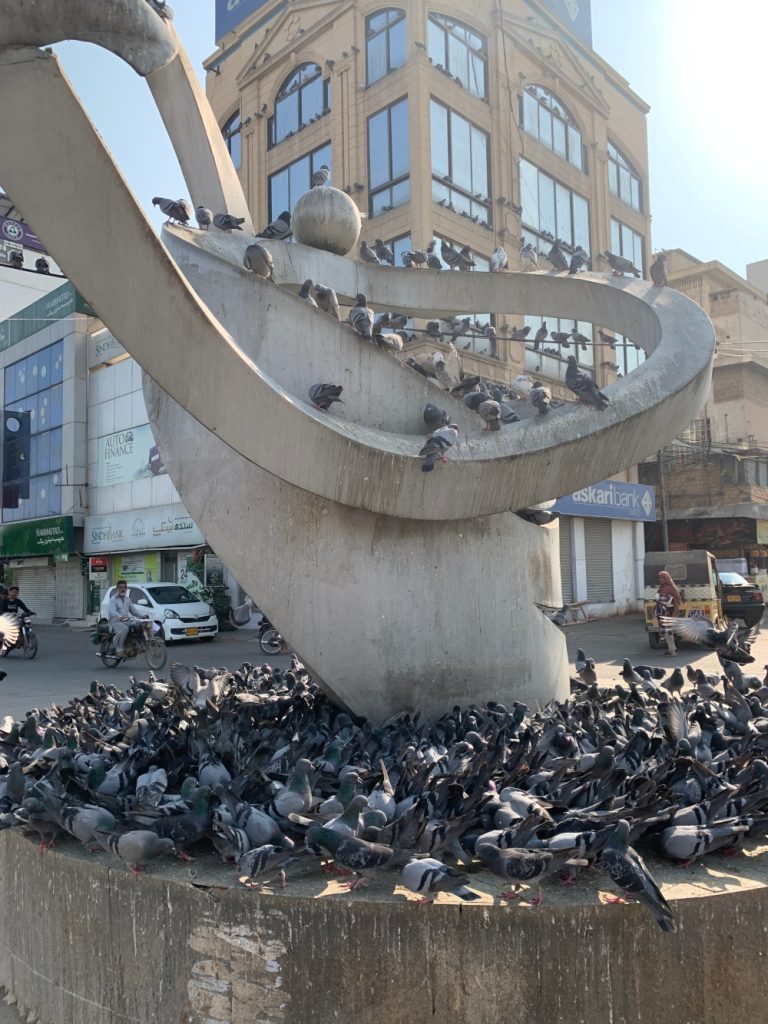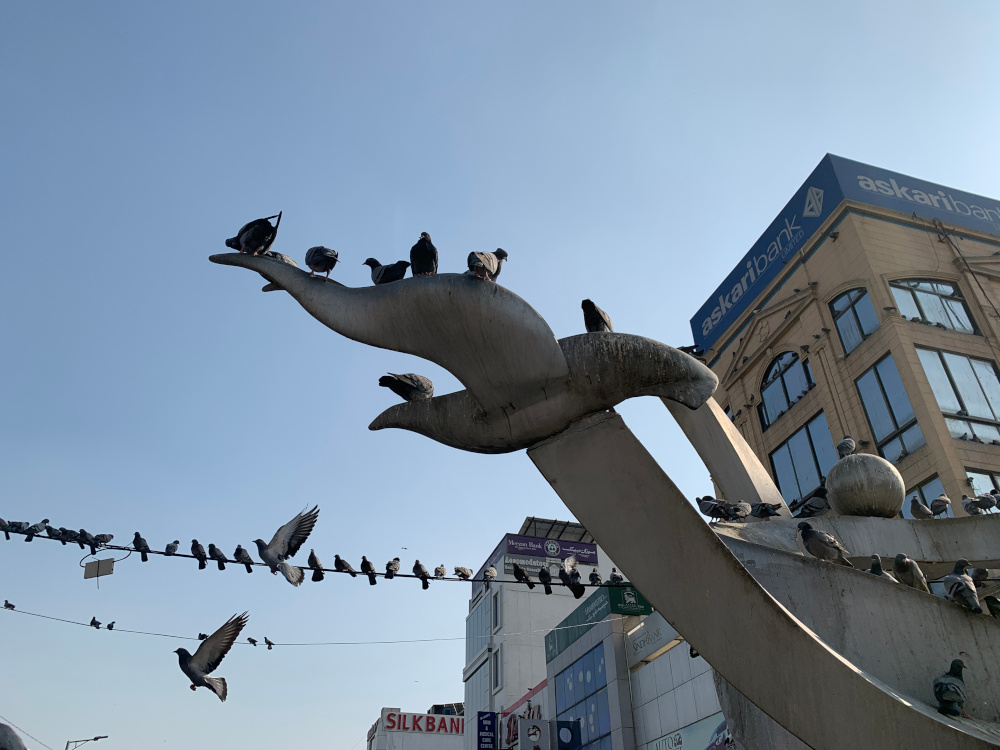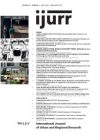In her book City Publics: The (Dis)Enchantments of Urban Encounters, Sophie Watson evokes an incident that introduces readers to the charms of ordinary and marginal public spaces. Upon finding the planned playground for children crowded, ugly, mired by restrictions, and weighed down by unhappy parents on a hot summer day, Watson, with friend, daughter, and daughter’s friend in tow, sets off to find another place in the city of London. They decide to take the children to a local city farm where the presence of a pond relieves them of any prior agitations they had in their day. By the side of the pond were, Watson writes, “children of all ages, ethnicities and class backgrounds, lying on the ground fishing for tadpoles in plastic cups, while parents sat and lay on the banks chatting.”
Watson observes in those scenes by the pond a certain magic of urban encounters. Enraptured by the tadpoles, the children were difficult to strip away from the site. The interactions between the pond, parents, tadpoles, and children brought forth a “buzzing, intermingling, cheerful site” in a “scruffy, unplanned and marginal public space”. This, for Watson, foregrounds a new understanding of public space in the unseen interstices of the city. She argues that “exploring marginal, unportentous, hidden and symbolic spaces, and the different imaginaries of often forgotten subjects, gives us a way into thinking of public space differently”. Moving as the beguiling pondscape and Watson’s appeal to access the enchanting sides to marginal public space are, there were actors in that story that remained silent. The tadpoles. Their reference quickly dissipates as human bodies and their interactions with space reverberate louder across the pages that come next.
What is the implication of frameworks on public space that cast animal life in public space as an afterthought – portraying animals as latent, vacant, and passive objects? Merely ornamental in stories of public space. Devoid of their own agency to pour their life into urban social interactions. In this essay, I aim to recall the other “forgotten subjects” in Watson’s story of public space: the animals. In her story, what do the tadpoles offer to our understanding of public space? What would happen if we considered their presence and interactions as equally constitutive of fostering urban life? How would it change our understanding of the term “public”?
To engage with these questions, I draw on my ethnographic research on Karachi’s roads, highlighting everyday pigeon-human interactions in public space. I propose the analytic of more-than-human public space to pay attention to how animals and other non-humans are imbricated in the making of public space in the city. In this short essay on Pigeon Roundabouts, I consider how more-than-human public spaces are shaped by human and other-than-human temporalities, may yield economic opportunities for the city’s marginalized residents, and produce profound and ambivalent experiences of urban affective atmospheres.

‘Pigeon Roundabout’ on a Sunday afternoon in DHA Phase II, Karachi. Photo by Aseela Haque.
My story takes place not by a pond in London, but at a roundabout in Karachi, Pakistan. The contemporary urban roundabout is hardly seen as a distinctive space in the city. On a typical day, it conjures patterns of the everyday: routine and ordinary, its substance a technical design meant to order and align traffic to desired modes of speed and direction. Its purpose, however, was not always to order traffic. In Britain, even before automobiles arrived on streets, roundabouts were sites that cast monuments and ornamental fountains in the streetscape, without an implication of ordering mobilities. Traffic around these sites moved in all directions. The form of one-way, gyratory movement we recognize as the turn of a roundabout was developed independently across Britain, France, and the US in the twentieth century to respond to the pressures of traffic. The roundabout, therefore, has a history of being more than an instrument of ordering traffic.
Roundabouts, therefore, are hardly non-places. Some carry great symbolic meaning in the city in the form of statues and other memorials. Often highly visible, these spaces confer immense power and double as sites of contestation. In post-colonial India, for example, the effacement and removal of statues of Viceroys from public spaces between 1947 and 1970 reflected nationalist sentiments, symbolizing a break from the past and causing a Commonwealth Relations Officer in London to lament, “The Viceroys are disappearing from the roundabouts in Delhi…” In this sense, roundabouts are both ordinary and exceptional spaces. As aesthetic and functional appendages of the road, their publicness and political potential derive from their openness, visibility, and capacity to both enable and disrupt everyday urban rhythms.

Pigeon life thrives on the roundabout, overhanging electricity wires, and edges of the building in the background. Photo by Aseela Haque.
The particular roundabout that concerns this story is seemingly unremarkable. It sits on a service road parallel to one of the city’s thoroughfares, Korangi Road. Its location is marginal in that the conduits it sutures include a service road and a street, and not a major road. Therefore, it remains somewhat hidden, nestled on a service road that runs along a commercial zone in Karachi’s affluent Defense Housing Authority (DHA). And yet, I believe the roundabout is remarkable as a site that fosters intimate relations between pigeons and humans. Reticent, prosaic, and formally nameless, it is marked by an abstract monument that resembles the intermingling bodies of birds. For the dwellers in the area, it is simply known as “Kabootar Chowk” (Pigeon Roundabout) – a moniker that a handful of roundabouts across Karachi have come to receive due primarily to the pigeons, but also to the crows and kites, that congregate there daily.
The presence of the birds is summoned by dwellers and passersby alike, through ritualized forms of feeding. Every day, Karachi’s residents, of various ages, class, gender, and ethnic backgrounds, toss and pour out bags of millet, red rice, yellow split pea, and sometimes leftovers from kitchens, to invite flocks of urban birds to occupy not only roundabouts, but sidewalks, medians, and other road interstices across the city. In these interstices, dotted by terracotta clay trays of grains and water, everyday pigeon-human encounters enact more-than-human public spaces with particular atmospheres and specialized rhythms.
The pigeon roundabout pictured here (Figure 1 and 2) is populated by the intersecting rhythms of human and pigeon life in the city. The corresponding junctures produce everyday spectacles of feeding, watching, playing, recording, and forms of flânerie rare in an urban context marred by violence and fear. They signify pauses in differing cadences that occur often enough to be pressed into routine. Some residents stop and linger to watch the pigeons swarm over the mounds of grains, others simply toss feed and continue on their way. Some take pictures, run with their arms wide open, marveling at the burst of flight that ensues from their disruptive movements, others offer only a stalled glance before dissolving back into their routes. For some, a stop at pigeon roundabout is a meditative moment, their offering a solemn charity to gain God’s favor. For others, it provides a respite, a moment of recreation, where the pleasures of encounters with pigeons are reaped in exchange for a handful of seeds.
Human rhythms are not the foremost elements in recasting the roundabout as more-than-human public space. The pigeons are primary actors. Their circadian rhythms determine the “opening” and “closing” times. In the winter months, the birds arrive soon after dawn breaks and retire at dusk to the multitudes of ledges, flyovers, window sills, balconies, and other corners parallel to their human neighbors. By evening, close to nightfall, as the light dims and the air begins to fill with multiple, dissonant calls to prayer from mosques close by, their presence dwindles to nothing. In their absence, the roundabout falls silent, even as human activities increase in the cool of the evening. Humans, mostly men, collect near eateries with charcoal embers and the wafting aroma of spiced chicken tikkas and beef seekh kebabs. Amongst them and in the corners, cats slink closer to the action, hoping to pick on bones or better yet elicit a generous tossing of leftover meats. Grocery and other stores swell with shoppers. Despite all this, the roundabout no longer invites human passersby to loiter in its wake. When the birds abandon it, stripped of its liveliness, it resembles little more than a desolate implement of the road. Until the next morning, when the pigeons return.

The monument’s design gives a nod to the birds that dwell in and around its structure. Photo by Aseela Haque.
The presence of pigeons in the area also fosters minor, yet valuable economies. With the birds comes the demand for grain, which vendors and small shop owners rely on for their livelihood. Across from the pigeon roundabout, tucked under a footbridge, Kashif sits in a small shop with burlap sacks filled with over half a dozen varieties of grains: millet, sorghum, yellow split pea, white and red rice, chickpea, red lentils, and green peas. He sells to both the public feeders and those who want to take the feed home for pets. Along with grains, he sells packaged snacks, cigarettes, and dipping tobacco. It was because of the birds, he told me, that his shop was able to survive the COVID-19 pandemic shutdown in the city, as stores carrying grocery items were allowed to remain open. Officials also took kindly to the reasoning that the birds would go hungry if he were to close shop. Inadvertently, the pigeons, through their daily presence and activities, helped keep his livelihood intact.
More-than-human public space also involves the urban affective atmospheres and sensoria that humans and animals co-create and experience in profound and ambivalent ways. Visitors to the roundabout recounted that the pigeons offered a cheerful experience of the city in atmospheric terms. They spoke of the gust of wind initiated by the flock of pigeons suddenly taking to air, the whooshing sounds made by the collective flapping of wings, the sight of hundreds of birds in the air, and the multiple cooing sounds whose tones melted into one another and offered an alternative soundscape to the usual humdrum of cars, describing these various sensations as both relieving and riveting. A few visitors chastised the vendors for the proliferating birds, pointing to “environmental damage” and danger to airports, those sites of human flight.
Across species, the co-presence of humans and pigeons, however, involved an uneven encounter in atmospheres. Jamie Lorimer and colleagues contend that attuning to the sensorial experiences of animals offers deeper understanding of the lived realities of animal subjects. At the roundabout, relentlessly assailed by traffic noise due to the proximity of Korangi Road, a thoroughfare that rages at almost every hour, the pigeons were very shifty. Easily spooked by the loud noises of trucks, ambulances, honking horns, and sputtering exhausts, they often leapt off the roundabout in droves, retreating to the safety of overhanging electricity wires, the edges of the footbridge, and the window ledges of a building nearby. Their return was slow and guarded. After the dissipation of a loud noise, it often took a few minutes for the roundabout to become full with pigeons again. Frequently, Kashif would have to cajole them back with an extra shower of grains. Inhabiting the interstices of the road, then, is not uncomplicated for the pigeons. Trailing after the spillover of grains onto the road, many pigeons came in the path of rushing cars and experienced fatal injuries and death on a daily basis.
Approaching pigeon roundabouts as an example of more-than-human public space confers deeper understandings of the entanglements between the social, material, affective and corporeal interactions in urban spaces that are sites of convivial and ambivalent interspecies encounters. Recognizing the ways in which animals participate, construct, and interact in public space, the term invites a widening of public space ontologies to account for the more-than-human city. Following Ash Amin’s assertion that urban public space is constitutive of a “situated multiplicity”, attending to the more-than-human in public space locates forgotten subjects such as the animals in the “thrown togetherness of bodies, mass and matter”, as civic actors significantly shaping urban realities.
Aseela Haque is a PhD candidate and lecturer in the Department of Human Geography at Free University Berlin in Germany.
All essays on Animals and the City
Introduction: Animals and the City
Rivke Jaffe
On More-than-human Public Space: Kabootar Chowk in Karachi
Aseela Haque
Affective Geographies: Managing Feral Cat Colonies in Rome
Giovanna Capponi
Urban Animals: Bison on Display, and the Grand Temporal and Geographic Scales of Urbanization
Dawn Biehler
The Metropolis and Metabolic Life
Maan Barua
Zoonotic Urbanization
Matthew Gandy
Cats, Commensal Rodents and Cosmopolitics in Cape Town
Nicoli Nattrass & Zoë Woodgate
Related IJURR articles on Animals and the City
Weeds, Pheasants and Wild Dogs: Resituating the Ecological Paradigm in Postindustrial Detroit Paul Draus and Juliette Roddy
The Zoonotic City: Urban Political Ecology and the Pandemic Imaginary Matthew Gandy
Rethinking Urban Epidemiology: Natures, Networks and Materialities Meike Wolf
Of Holy Cows and Unholy Politics: Dalits, Annihilation and More-than-Human Urban Abolition Ecologies Rajyashree N. Reddy
